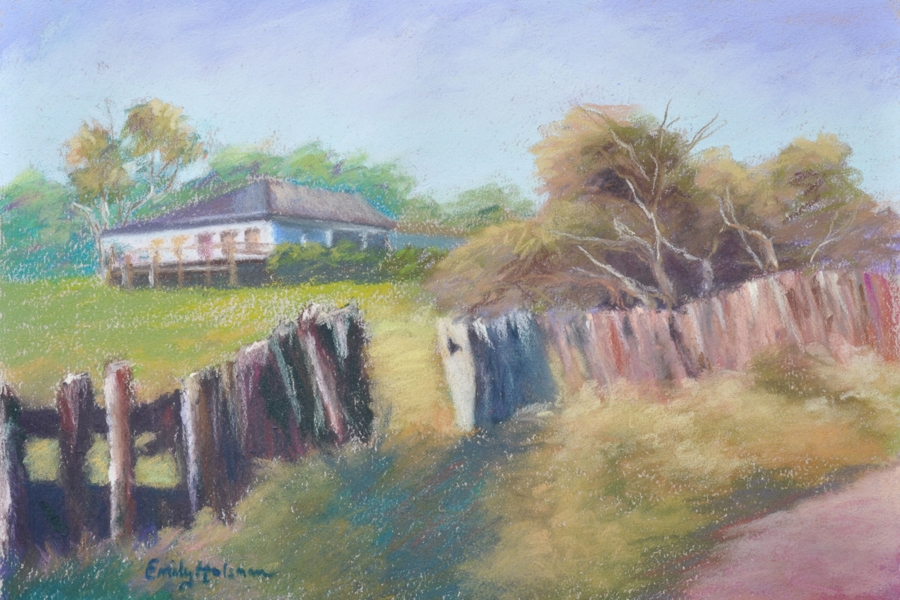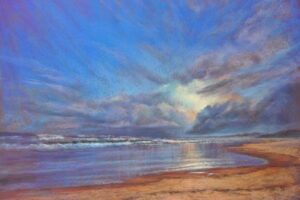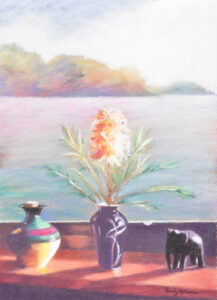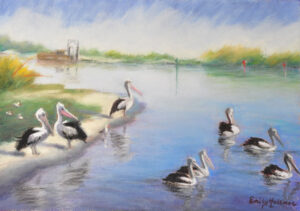Whether it’s wall art of birds, a pastel print of a landscape, or a still life painting, achieving great colours in pastel isn’t easy. Pastel art is generally inspired by real world scenarios and artists face plenty of challenges when it comes to the transition of in light and the need to ensure the object of the artwork itself maintains a consistent position and context.
When an artist paints with pastels he or she understands that relying solely on an object is risky. To achieve great colours and texture in a painting, many pastel prints artist capture photos of their subject.
There is a four-step procedure if you want to achieve brilliant colours in your pastel paintings. Here are those four steps:
Step 1: Pushing The Boundaries Of Naturalism
Although pastel art is often inspired by the real world, it doesn’t mean an artist has to paint within the boundaries of naturalism. Sometimes, artists push the limits to present wonderful, vivid colours. For example, an artist might experiments with the colour of the sky to make it look even more vibrant. They might replace the actual colours with striking pastel tones that might capture the attention of viewers.
Step 2: Speed
A rule of thumb in pastel art suggests an artists to paints dark portions of an image before light ones. The same procedure is followed in oil painting and it is important to follow this procedure as colours can changes quickly. Experts and experienced artists alike will advise, dividing the development of an artwork into layers.
Step 3: Use Sure Strokes Of Pastel
If there are several elements contained in a painting, then an artist can make use of sure strokes of pastel. For example, the colour of the sky could be blended in blue and orange to present an image that captures an evening scene. In the same instance, an artist may decide to paint trees incorporating an orange colour to convey an autumnal effect.
Step 4: The Final Touch
Final touches are as important as the first steps in developing the subject. For example, a pastel landscape painting that might include a swan, might benefit from a final touch that adds an element of colour that presents ripple effect on the surface of the water.
You can learn more about achieving great colours in pastel painting by observing the artwork by the experienced and award-winning artists at Pastel Art Prints.




